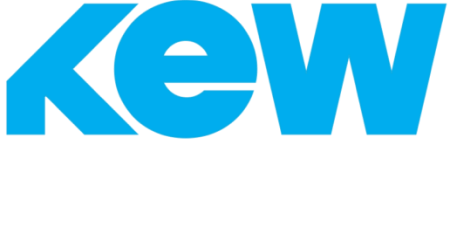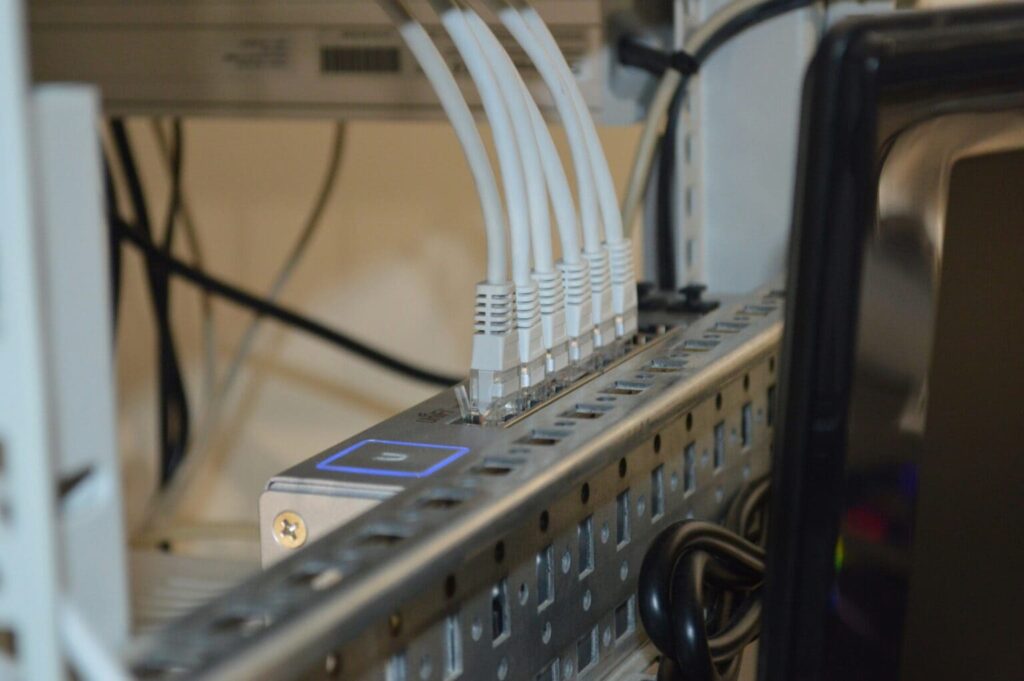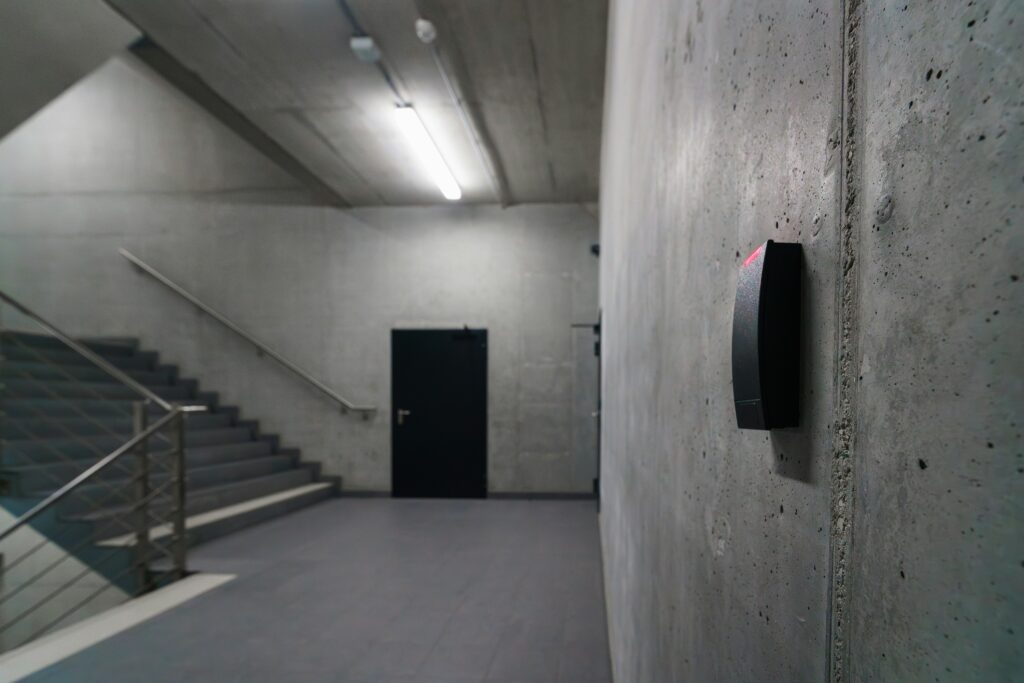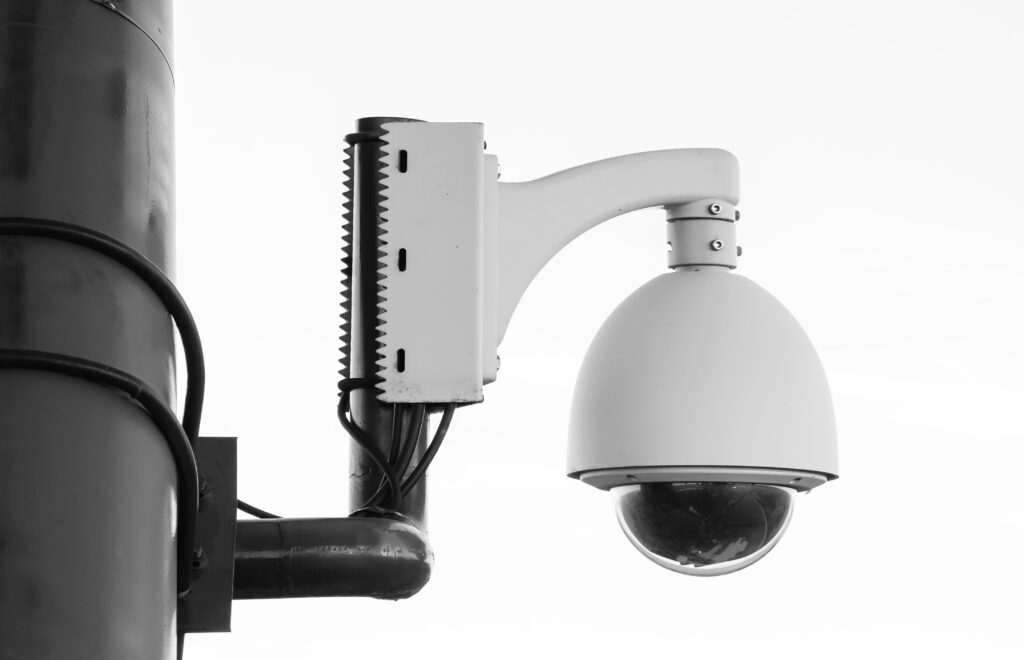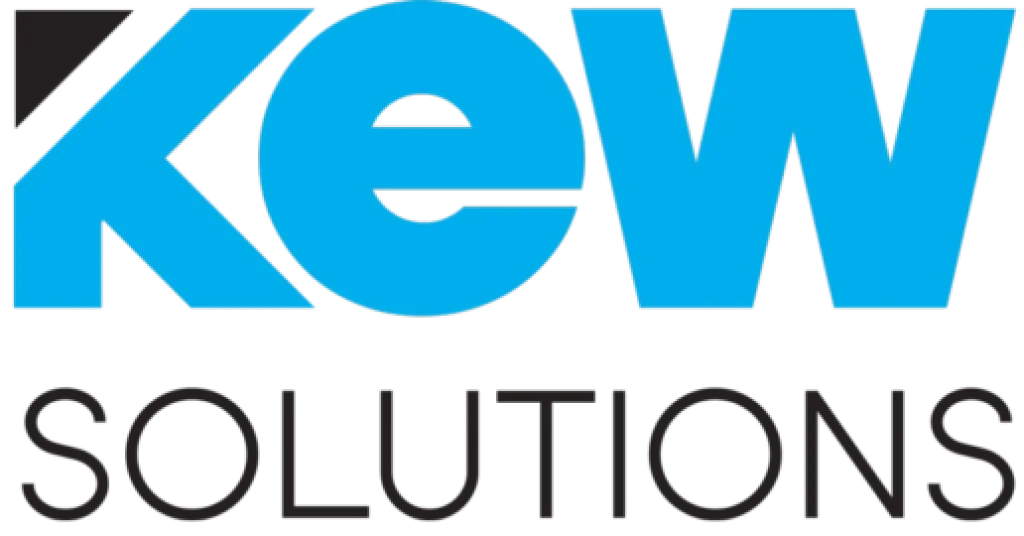With rapid advances in data centres, cloud computing, and the Internet of Things (IoT) adoption, the UAE has witnessed a tremendous increase in demand for high-bandwidth, reliable network connectivity. The nation’s focus on smart technologies and digital transformation means that businesses today must adapt to technological advancements more swiftly than ever before. For companies looking to stay ahead, structured cabling solutions have become a cornerstone of robust and future-proof enterprise network infrastructure. By investing in forward-thinking cabling solutions, businesses can enjoy faster connections, better scalability, and greater cost savings.
Structured cabling is no longer just about connecting devices; it’s about ensuring enterprises can leverage modern technologies efficiently. The right network infrastructure design prepares businesses for future demands, such as increased bandwidth and connectivity needs, new technologies, and even unforeseen applications. This article explores the latest trends in structured cabling that modern office spaces should consider when future-proofing their networks.
The Future Advancements in Structured Cabling Solutions
Let’s explore some of the advancements in structured cabling solutions:
Adoption of Category 8 (Cat8) Cabling
One of the most significant developments in structured cabling is the introduction of Category 8 (Cat8) cabling. Designed primarily for high-speed data centres and enterprise networks, Cat8 cables offer impressive specifications, supporting bandwidths up to 2 GHz and speeds of up to 40 Gbps over short distances (up to 30 meters).
Cat8 cables are engineered to handle the heavy data loads demanded by modern applications and processes in data-intensive industries, such as finance and cloud services. Additionally, Cat8 cabling is an excellent solution for offices that anticipate significant data growth and wish to avoid frequent upgrades. Its shielded design also minimises interference, ensuring optimal reliability and connection stability, even in high-frequency environments.
To explore how Cat8 cables can enhance your enterprise network infrastructure, learn more on our Structured Cabling Services page.
Increased Adoption and Integration of Fibre Optic Cabling
Fibre optic cables have gained popularity for their unmatched data transmission speeds, clarity, and ability to carry data over long distances with minimal loss. Unlike traditional Ethernet cables, fibre optic cables transmit data using light, which results in virtually zero interference from external devices.
Fibre optic cabling solutions are particularly beneficial for large office spaces or data-driven applications where high-speed and secure data transfer are paramount. Their bandwidth capabilities make them the ideal choice for businesses aiming to integrate cloud applications or IoT technology seamlessly. Additionally, fibre optics support high-definition multimedia, making them a preferred choice for companies involved in media production or content-heavy operations.
Expansion of Power over Ethernet (PoE) Technology for Energy-Efficient Device Management
Power over Ethernet (PoE) technology enables Ethernet cables to carry both data and electrical power to devices such as security cameras, access points, and lighting systems. The latest PoE standards, such as IEEE 802.3bt, support power levels up to 90W, making it possible to power a broader range of high-powered devices, including IoT-enabled sensors and displays.
In smart buildings and modern offices, PoE is crucial for energy-efficient device management, particularly with the integration of IoT applications. This technology allows businesses to manage power requirements effectively without additional wiring, streamlining the installation process and reducing costs. PoE has also proven invaluable in supporting green building standards, as it minimises energy waste and optimises device usage.
Support for Wi-Fi 6 and Wi-Fi 6E
Wi-Fi 6 and its enhanced version, Wi-Fi 6E, represent the latest in wireless technology, delivering increased speeds, reduced latency, and improved efficiency in crowded networks. Structured cabling plays an essential role in supporting these new wireless standards, as it must provide sufficient bandwidth to handle high traffic demands from multiple devices.
To fully capitalise on Wi-Fi 6 and 6E, enterprises need high-quality cabling to connect wireless access points (WAPs) with the central network. By optimising the underlying cabling infrastructure, companies can ensure their wireless network performs at its best, offering seamless connectivity and supporting modern office applications such as video conferencing, cloud storage, and real-time collaboration tools.
Intelligent Infrastructure Management (IIM) Systems
Intelligent Infrastructure Management (IIM) systems are transforming how businesses manage their structured cabling. These systems provide real-time monitoring and management capabilities for network infrastructure, enabling IT teams to quickly locate faults, monitor performance, and streamline maintenance tasks.
IIM systems can detect physical changes in the cabling layout, helping businesses maintain accurate records of their network’s design and connections. This level of visibility is crucial in large enterprise networks, where even a minor disruption can lead to substantial downtime. IIM systems also provide valuable insights into network usage patterns, enabling enterprises to make data-driven decisions about future network upgrades and expansions.
Preparing for 5G and Beyond
With 5G technology rapidly expanding, enterprises need to consider structured cabling that can support in-building 5G networks. While 5G primarily operates as a wireless technology, cabling infrastructure remains essential for connecting base stations, repeaters, and other elements of a 5G network within an office environment.
Structured cabling solutions that support high data rates and low latency can help businesses improve mobile connectivity across their office spaces. By preparing their infrastructure for 5G and beyond, enterprises can enhance mobile communications and prepare for future applications, such as augmented reality (AR) and virtual reality (VR), which require extremely high data rates.
Integration of Building Systems Over IP
Modern offices increasingly use structured cabling to integrate various building systems—such as HVAC, security, and lighting—over IP networks. This integration allows businesses to control multiple systems from a single interface, improving operational efficiency and reducing energy costs.
For example, by integrating HVAC systems with smart thermostats and IoT sensors, businesses can regulate energy usage based on real-time data. Similarly, IP-enabled security systems can provide centralised access control and surveillance, offering enhanced security and easy monitoring. Structured cabling ensures that these systems operate reliably and can be expanded as needed.
Sustainability and Green Cabling Solutions
Sustainability has become a core consideration for businesses, and structured cabling solutions are evolving to meet these demands. Green cabling solutions focus on using eco-friendly materials, energy-efficient designs, and modular infrastructure that can be easily upgraded, reducing electronic waste.
For enterprises with corporate sustainability goals, investing in green cabling solutions aligns their network infrastructure with broader environmental policies. Recyclable materials and reduced energy consumption make these cabling solutions attractive to environmentally conscious companies looking to reduce their carbon footprint.
Enhanced Cybersecurity Measures
As enterprise networks grow in complexity, so do the security risks. Structured cabling infrastructure can contribute to cybersecurity by ensuring that physical infrastructure is secured against potential threats. For example, protecting cabling pathways and server rooms helps prevent physical interference and unauthorised access.
Furthermore, structured cabling designed with cybersecurity in mind can support encryption and other security measures at the physical layer, providing a foundation for more robust protection across the network. For companies in sensitive industries, such as finance or healthcare, where data security is paramount, these cabling solutions offer an added layer of protection against cyber threats.
Conclusion
Future-proofing your enterprise network with the latest structured cabling trends is essential for businesses operating in modern, high-tech office spaces. As data demands grow and new technologies emerge, enterprises in the UAE and beyond are faced with unique opportunities—and challenges—in optimising their network infrastructure.
A robust and well-planned cabling infrastructure supports growth, flexibility, and efficiency, allowing businesses to adapt to future advancements without constant upgrades. From Cat8 cabling to PoE and intelligent infrastructure management, these trends illustrate the possibilities available to organisations looking to enhance their connectivity and prepare for tomorrow.
For businesses ready to future-proof their networks, Kew Solutions offers expert structured cabling services. With an understanding of the latest trends and a commitment to reliability and sustainability, Kew Solutions can help your organisation stay ahead in a rapidly evolving technological landscape. Contact us to learn more about how we can support your network infrastructure needs.
